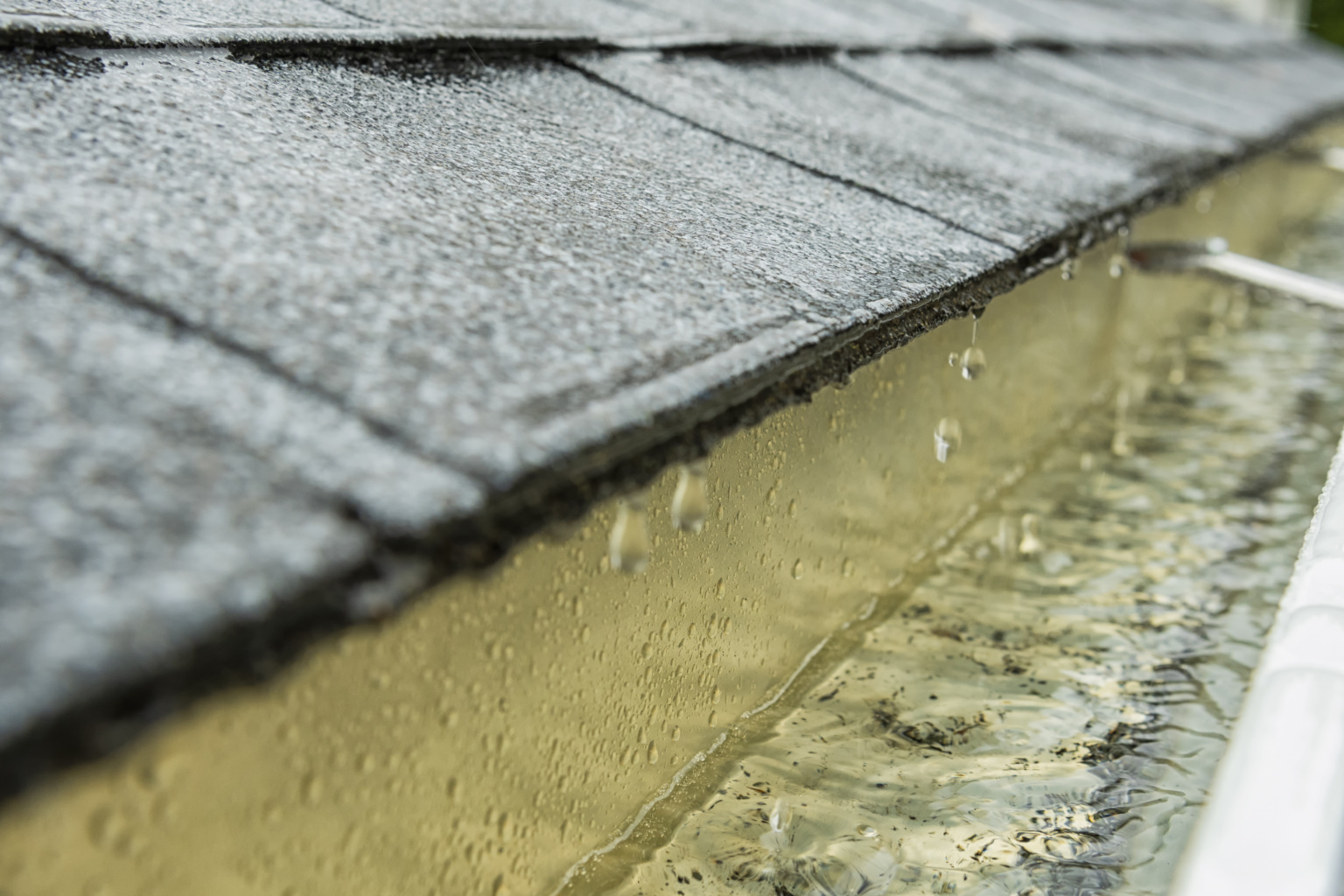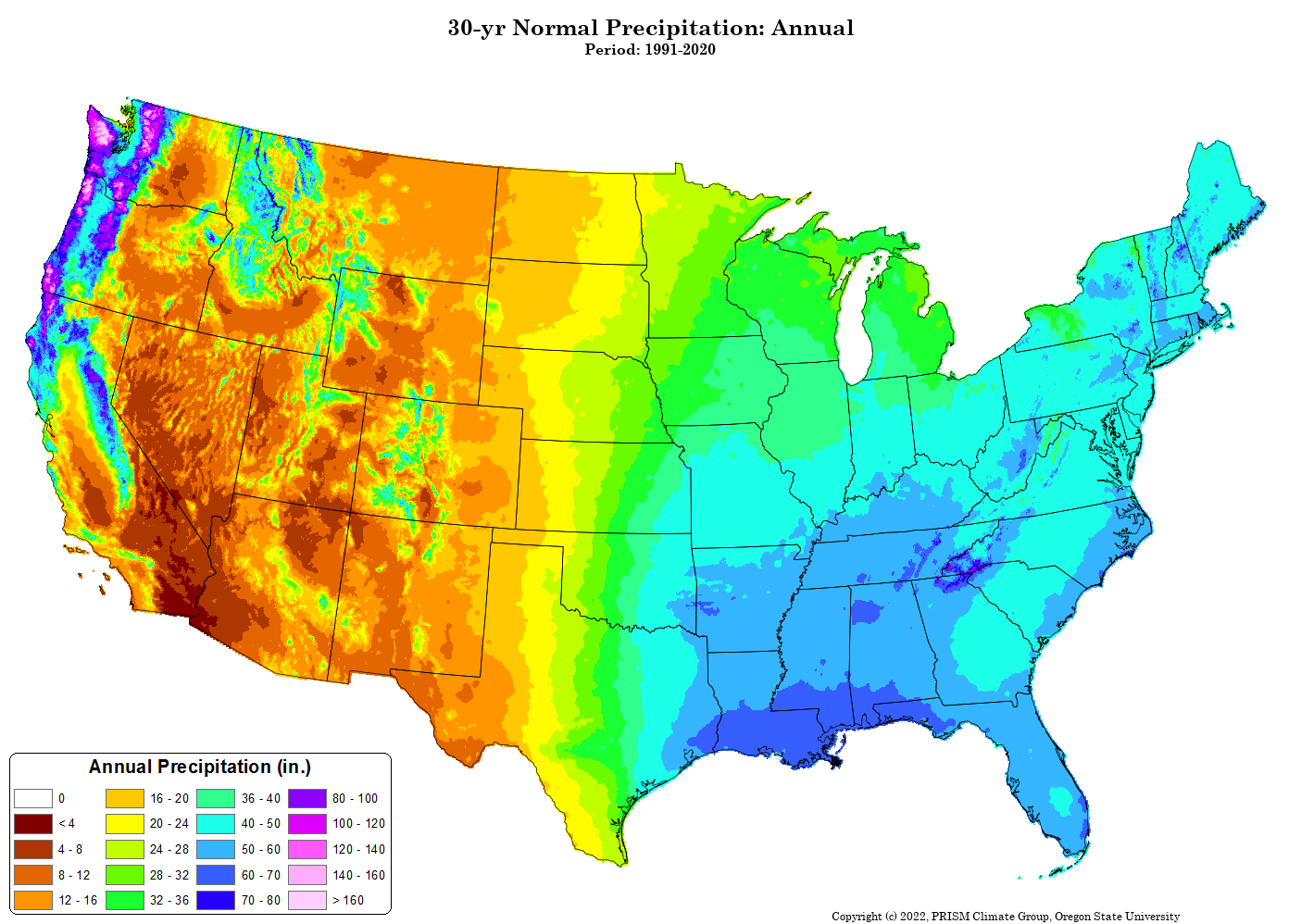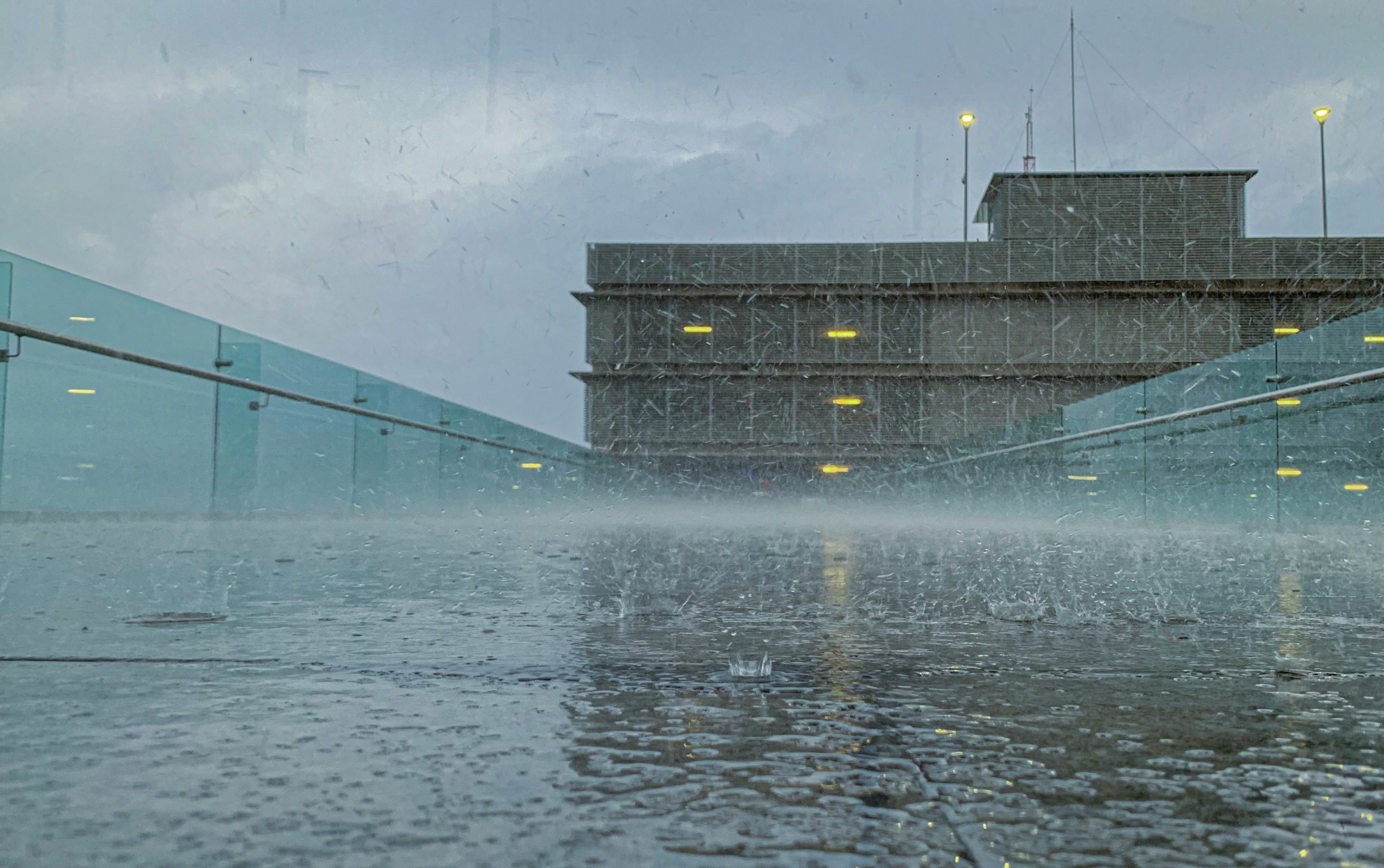The benefits of rainwater and stormwater reuse in the built environment


Utilize a free source of water to enhance your project’s water conservation efforts and reduce costs over time
The United States is home to a unique and diverse geographic landscape. Each state deals with a different set of climate circumstances than its neighbor, and architects look to incorporate building strategies that create climate-resilient projects based on their location. Yet there is one thing we can agree on regardless of where you live: capturing rainwater and stormwater—no matter how much or how little you get—is a smart water conservation decision.
Precipitation varies greatly across the U.S. For example, Nevada is one of the driest states with an average annual precipitation of just 7 to 10 inches, but in Hawaii, the island of Maui’s Hana and Kauai’s Mount Waialeale are among the wettest places on Earth, receiving over 400 inches of rain each year. By capturing, treating, and reusing this free water source for non-potable applications, projects can supplement their incoming potable supply, reducing water costs and consumption significantly.
Image from PRISM Climate Group
Benefits of rainwater and stormwater reuse
Rainwater and stormwater harvesting collects the water runoff from roofs, terraces, sidewalks and other surfaces of a property. While rainwater typically refers to roof water, stormwater refers to water captured on other hardscapes such as parking lots and patios. Collected rainwater and stormwater can be reused in a building for non-potable purposes like irrigation, toilet flushing, and cooling, reducing water bills and operational costs. Some other benefits include:
- Reduces demand on municipal water supplies: By collecting and reusing rainwater, less strain is placed on centralized water systems. This is especially important in regions facing water shortages or growing populations.
- Decreases runoff and flooding: Capturing rainwater reduces stormwater runoff, which can help mitigate flooding and prevent erosion. It also reduces the strain on drainage systems during heavy rainfall.
- Saves energy: Municipal water supply and wastewater treatment are energy-intensive processes. Using rainwater directly for non-potable applications like irrigation, toilet flushing, and laundry reduces the energy needed to treat and pump water from centralized systems.
- Adaptability to drought: During times of drought, rainwater systems provide an additional, sustainable source of water, reducing the need to tap into overburdened reservoirs or groundwater supplies.
- Promotes sustainability and resilience: Rainwater harvesting encourages a mindset of resource conservation and reduces dependency on external water supplies, fostering greater community resilience.
Cities taking action
Several cities and states in the U.S. have implemented regulations or incentives that promote or require rainwater capture systems for new construction, especially for large buildings. These are just a few of the cities taking proactive steps to integrate rainwater capture systems into their building codes, recognizing the importance of water conservation, stormwater management, and climate resilience.
- San Francisco, California
San Francisco’s Non-Potable Water Ordinance (Article 12C) was passed in 2012 and requires all new buildings over 100,000 square feet to include an onsite water reuse system for rainwater, greywater, or blackwater. This system is intended to offset non-potable water demands such as irrigation, toilet flushing, and cooling tower supply. The city has also set a goal to have all new developments eventually incorporate water reuse systems. - Los Angeles, California
Los Angeles has a Low Impact Development (LID) Ordinance that requires new developments or redevelopments to include rainwater harvesting systems to manage stormwater runoff. The captured rainwater is often required for landscape irrigation or other non-potable uses. The goal is to manage stormwater on-site and improve water quality by reducing urban runoff. - Austin, Texas
Austin has long been a leader in water conservation, and the city encourages rainwater harvesting through its Land Development Code and Rebate Program. While not mandatory for all buildings, incentives are provided to those implementing rainwater harvesting systems for potable and non-potable uses. New commercial construction may also be required to include stormwater controls like cisterns or rain gardens. - Portland, Oregon
Portland requires new developments and major redevelopments to manage stormwater onsite. One method includes rainwater harvesting systems. Incentives exist for rainwater capture for non-potable uses. Green roofs and other forms of water retention and reuse are also highly encouraged. - Hawaii
Hawaii encourages rainwater harvesting to reduce demand on the state’s limited freshwater resources. The state’s Uniform Plumbing Code includes provisions for the installation of rainwater catchment systems. Though not mandated for all new buildings, rainwater capture is common, particularly in rural areas where municipal water infrastructure is lacking. - Tucson, Arizona
Tucson was actually the first U.S. city to pass a rainwater harvesting ordinance. Since 2010, the city has required all new commercial developments to use rainwater for at least 50% of their landscaping needs. This measure helps reduce water usage in a desert climate. The city provides incentives and rebates to encourage owners to install rainwater harvesting systems. - Santa Fe, New Mexico
Santa Fe requires new buildings to have rainwater catchment systems for outdoor irrigation. The city also offers rebates for the installation of systems that capture and store rainwater. The requirements are part of Santa Fe’s water conservation efforts in response to the region’s arid climate. - Washington, D.C.
Washington, D.C. has a Green Area Ratio (GAR) requirement for new buildings, which encourages or mandates rainwater harvesting systems as a way to meet stormwater management goals. Green roofs, rainwater harvesting, and permeable pavements are commonly used to comply with the GAR.
Overall, the regulatory landscape for rainwater reuse is typically favorable. It helps reduce strain on municipal supply and creates a more resilient project. When coupled with a greywater or blackwater reuse system, projects can see hundreds of thousands of dollars in savings.
Rainwater reuse for non-potable applications is allowed by both the Uniform Plumbing Code and the International Plumbing Code, which are the major governing codes for the United States. There may be specific considerations per jurisdiction based on climate, stormwater retention, and infrastructure. Epic Cleantec can help guide you through choosing the right rainwater reuse system for your next project.



